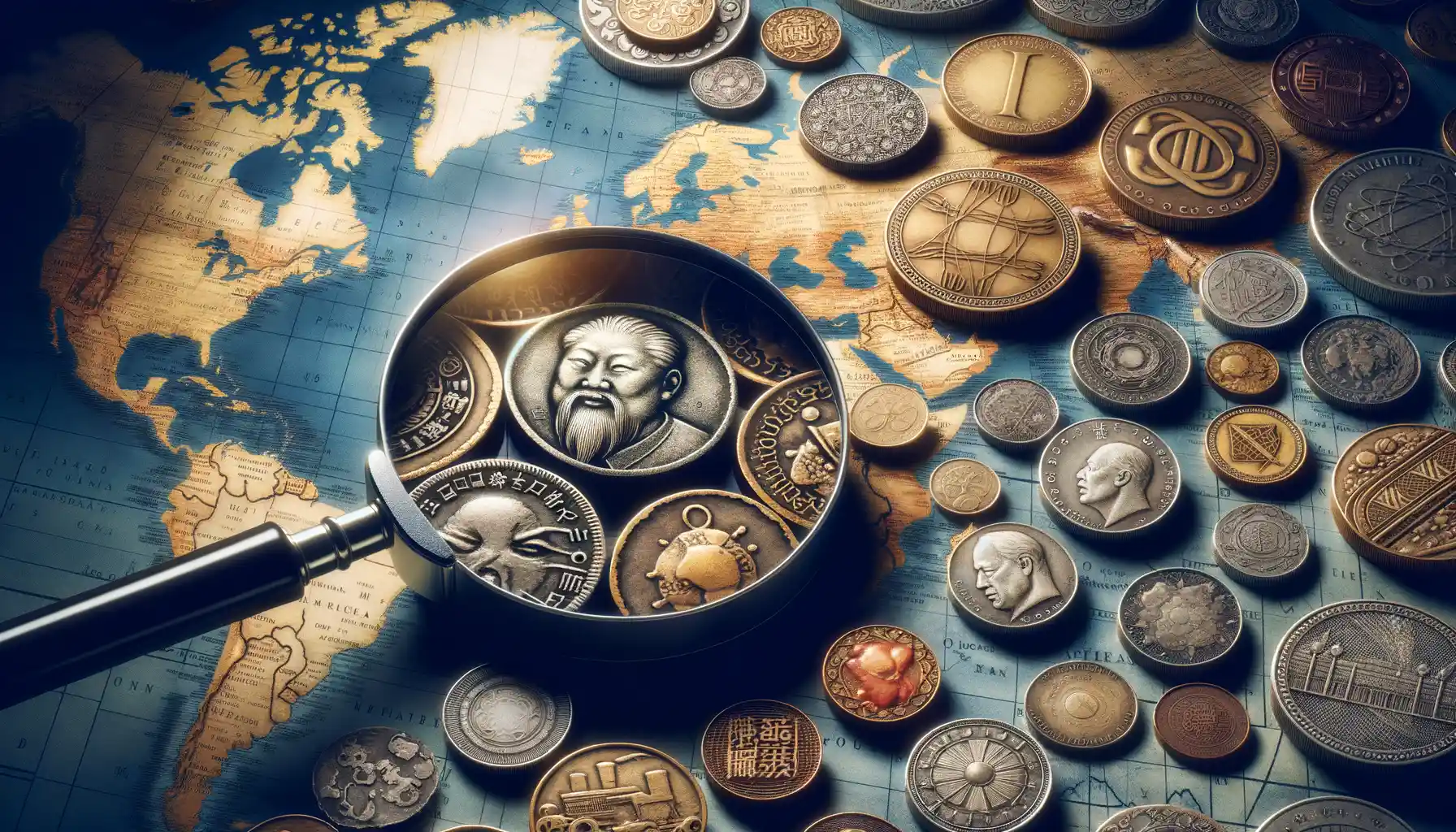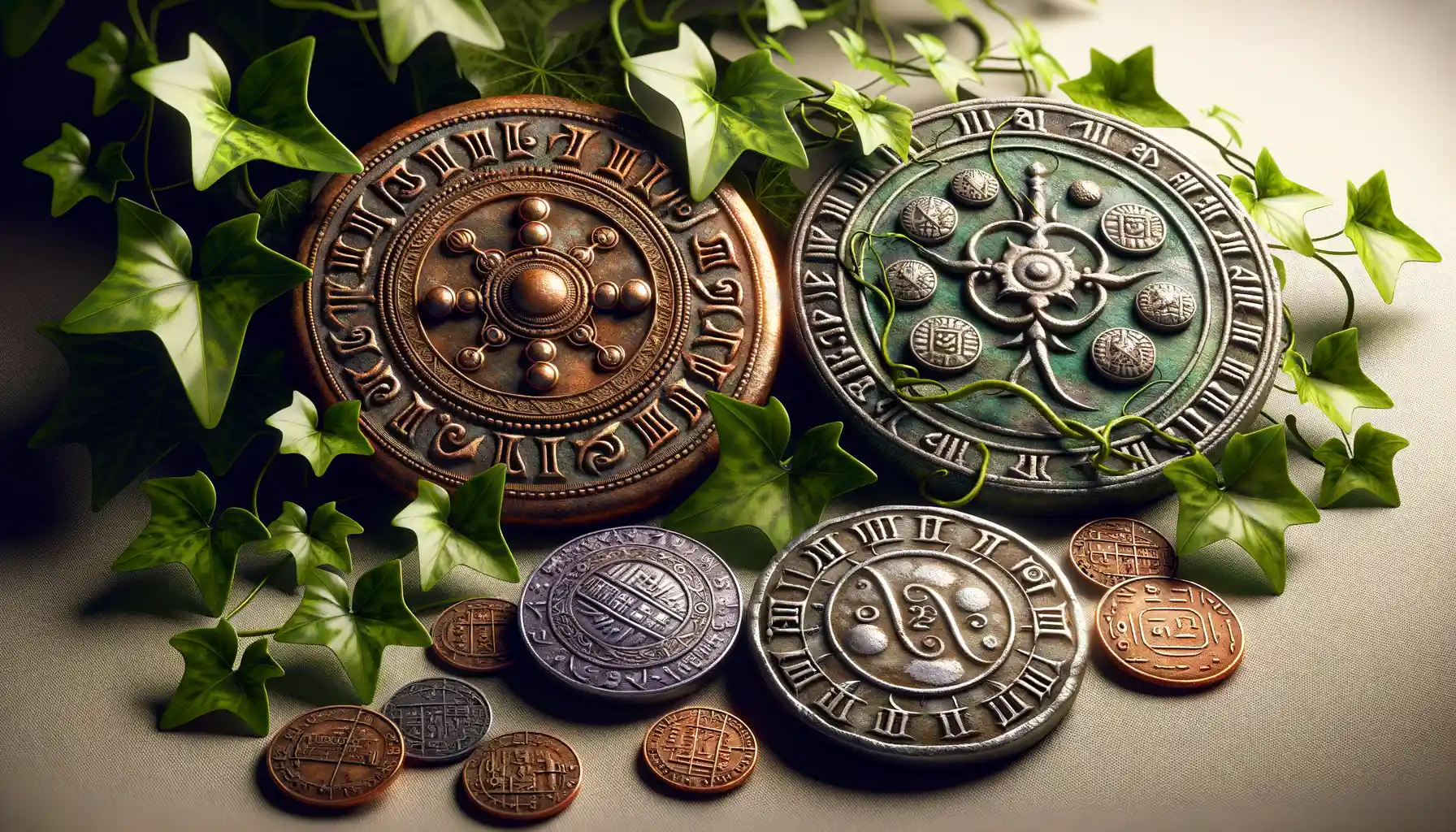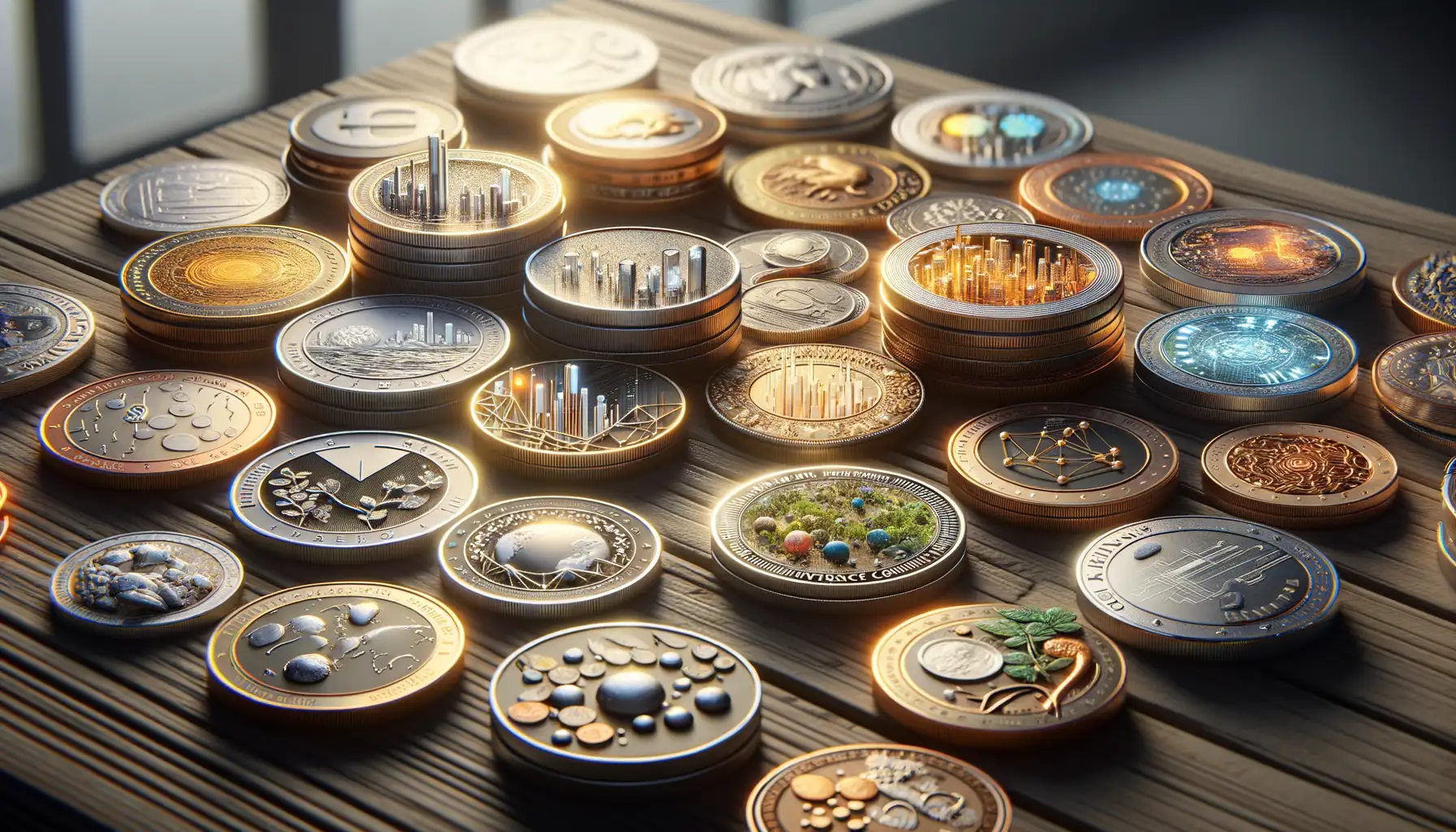Historical Context of Coins as Symbols of Power
Coins as Tools of Authority in Ancient Times
Imagine holding a coin from ancient Rome. It’s not just currency—it’s an announcement, a declaration, perhaps even propaganda forged in metal. Coins have been used for centuries as instruments of power, whispering messages of authority into the hands of every citizen and merchant who touched them.
Consider this: in 44 BCE, when Julius Caesar’s face appeared on Roman coins, it was nothing short of revolutionary. Before then, coins primarily displayed symbols of gods or abstract ideals. By imprinting his own visage, Caesar wasn’t just minting money—he was claiming divine-like status. The message was unmistakable: I am Rome, and Rome is me.
Or take Alexander the Great, whose coins featured Hercules with lion-skin headdress. A bold statement, right? He wasn’t just aligning himself with mythology—he was branding himself a hero, a conqueror favored by the gods.
- Names, faces, and images: they reinforced a ruler’s legitimacy.
- Symbols of conquest: coins were trophies of victory, passed through countless hands.
- Abundance of precious metals: a coin’s weight and shimmer showcased an empire’s wealth.
Every coin tells a story, but don’t be fooled—they’re never neutral storytellers.
Design Elements and Their Implications on Authority

The Language of Imagery: Power in Symbolic Designs
Coins are more than mere currency; they are miniature canvases where empires flex their authority. Ever noticed how many coins showcase the stern profile of a ruler or a deity gazing into eternity? That’s no coincidence. These designs are crafted to communicate dominance and legitimacy, subtly whispering (or shouting): “We’re in charge here.”
Take, for instance, the laurel wreath—a subtle nod to victory in ancient Rome. When paired with an emperor’s stoic gaze, it became a billboard for triumph, plastered across every marketplace. Or consider intricate military motifs like shields and weapons stamped on coins. They didn’t just decorate; they broadcasted strength in the face of rivals. This wasn’t pocket change; this was psychological warfare.
- Portraits: Monarchs and leaders stamped their image on coins to immortalize themselves—proof of divine right or sheer audacity.
- Symbolism: Lions, suns, or eagles screamed power, eternal life, or celestial endorsement.
Through every curve, detail, and flourish hammered into metal, these design choices shaped narratives. It’s astonishing how something as small as a coin could become a megaphone for influence. What do you think modern designers would carve into such a tiny space today?
Economic Influence and Political Messaging Through Coinage

The Currency as a Political Stage
Coins are far more than jingling pockets of metal—they’re miniature billboards for power. Imagine holding a coin in your hand during ancient times. It wasn’t just money; it was a deliberate message from the ruling authority. The face staring back at you—whether it was the proud profile of Augustus Caesar or the lion of the Achaemenid Empire—wasn’t chosen by accident. These designs were the Twitter posts of their day, broadcast widely to remind citizens, “This is who rules you.”
By stamping coins with their image, rulers quite literally inserted themselves into the daily lives of their people. But it didn’t stop at faces. Coins whispered messages of conquest, unity, or wealth. Take Alexander the Great, for example: his coins often featured Hercules. Coincidence? Hardly. He positioned himself as a hero—mighty and divine—even through pocket change.
- Slogans: Some Roman coins bore phrases like “Pax,” meaning peace, reinforcing stability under imperial control.
- Symbols: Think eagles or olive branches, emphasizing military might or prosperity.
Each coin wasn’t just currency—it was propaganda you carried in your hand.
Cultural Significance of Coins Across Civilizations

The Language of Coins: Symbols That Spoke Across Time
Coins are much more than metal discs—they’re storytellers, time travelers, and cultural ambassadors rolled into one. From the shimmering gold coins of the Roman Empire to the intricately etched silver dirhams of the Islamic Caliphates, every civilization embedded its soul into its currency. Holding a coin from centuries past feels like shaking hands with history itself.
Consider this: in ancient Greece, coins weren’t just trading tools—they were miniature canvases. Imagine the owl of Athens gleaming under the Mediterranean sun, a nod to wisdom and the city’s patron goddess, Athena. These symbols weren’t random; they whispered messages of identity and values.
But the significance of coins didn’t stop there. They also bridged gaps across cultures. When merchants carried coins inscribed with foreign scripts, those small objects became passports between worlds—a Persian daric might have traveled as far as India, carrying not only money but tales of sprawling empires.
- Auctioned heirlooms often unearthed coins that told forgotten family histories.
- Coins placed in graves symbolized safe passage to the afterlife in ancient traditions.
Coins don’t merely exist; they breathe life into civilizations. And what a tale they tell!
Modern Interpretations of Coins as Symbols

Coins as Personal Keepsakes and Storytellers
Picture this: a simple, gleaming coin resting in your palm. Today, coins have morphed far beyond their original function of trade – they’ve become tiny storytellers. People now collect coins not just for their monetary value but for the emotions and narratives they carry. A commemorative coin honoring a historical event or a national hero can evoke pride, while a limited-edition coin dedicated to wildlife conservation may inspire reflection on our planet’s fragility.
Modern mints know this emotional pull. They design coins meticulously to spark conversation and connection. For instance:
- The intricate maple leaves etched into Canadian coins are an ode to nature’s beauty.
- Special Olympic-themed coins immortalize human triumph and perseverance.
- Even pop culture icons – superheroes, musicians, or famous movie scenes – now grace coins, blending nostalgia with celebration.
These aren’t just “things” jingling in your pocket. They’re touchstones of memory, tiny time capsules connecting us to both personal and collective history.
Digital Coins and Shifting Power
Ah, but coins are no longer confined to metal. The rise of cryptocurrencies like Bitcoin has redefined how we view the concept of a “coin.” These digital marvels symbolize decentralization – stripping power from centralized authorities, like banks or governments, and putting it in the hands of individuals. Think of them as the rebellious teenagers of the financial world: untraditional, daring, and sometimes misunderstood.
But don’t be fooled; a cryptocurrency’s logo or symbol holds weight. For example, the iconic orange “B” of Bitcoin signifies innovation and defiance, while Ethereum’s sleek diamond-like logo exudes modernity and possibility. In these examples, coins – physical or digital – remain laden with symbolism, constantly reshaping their role in society.





